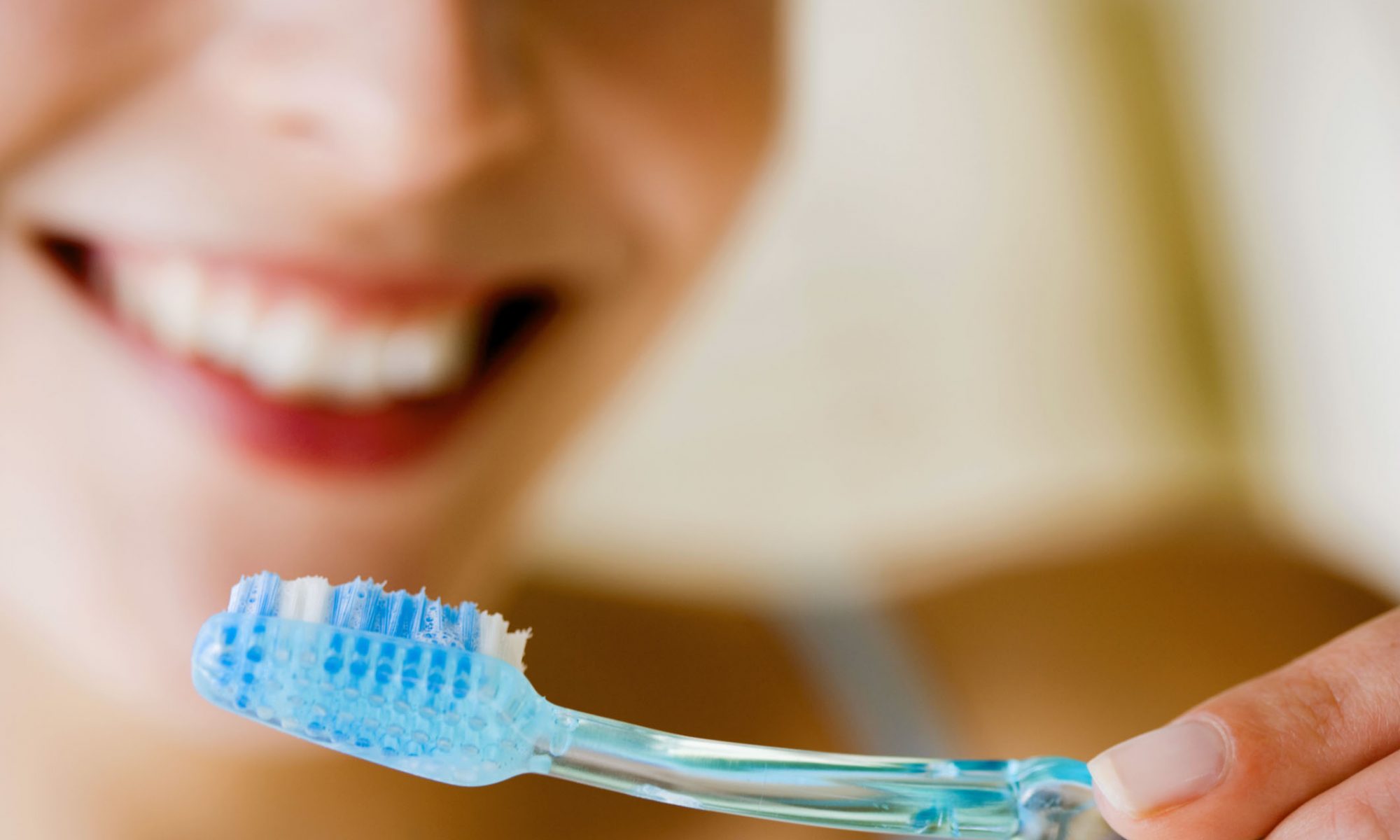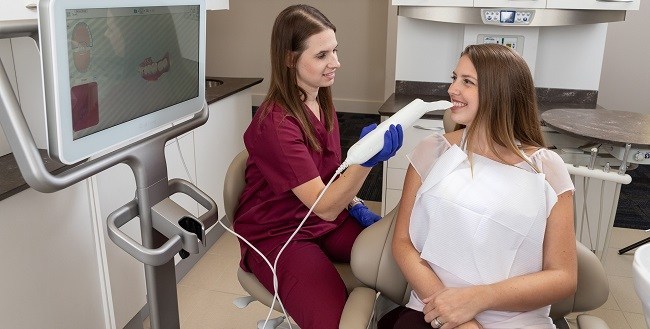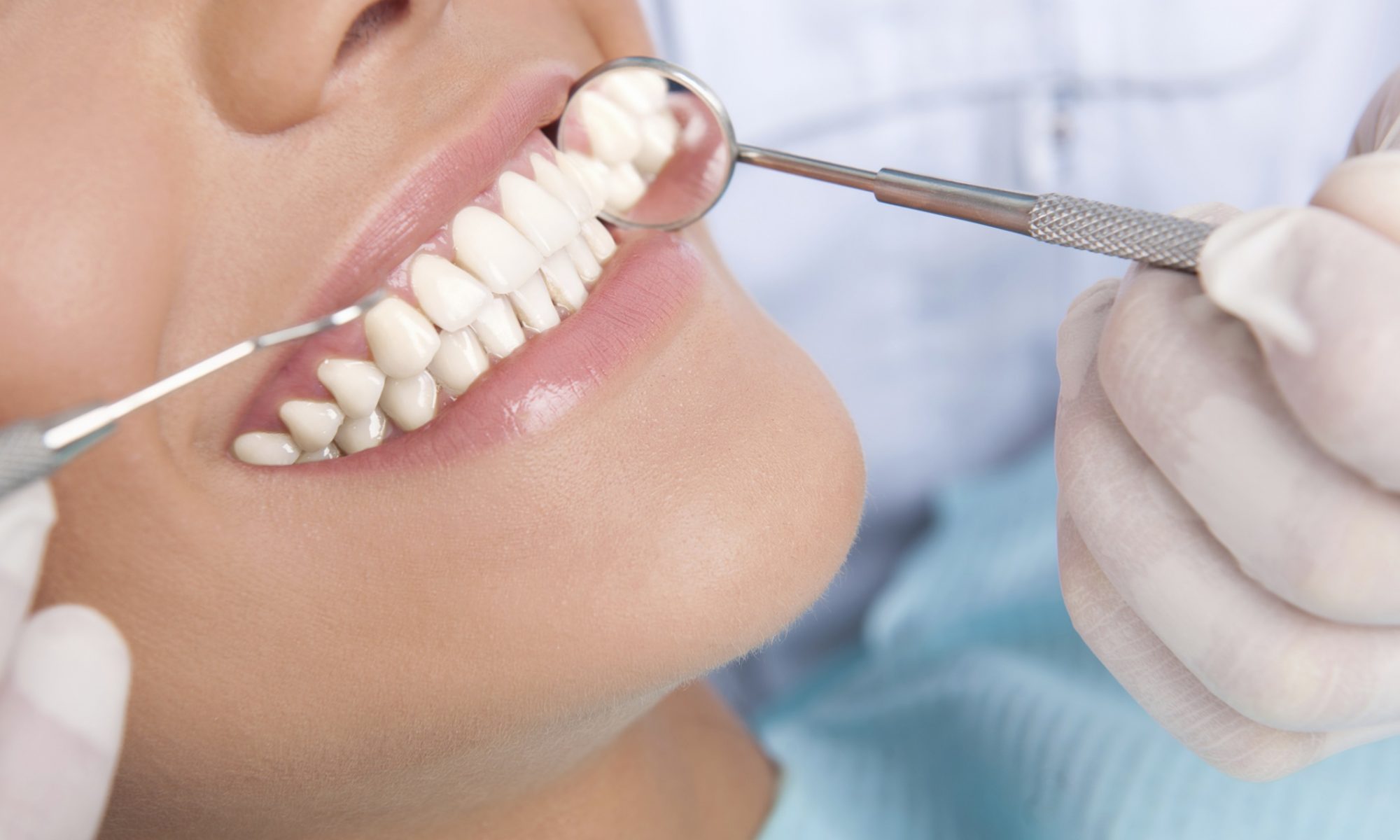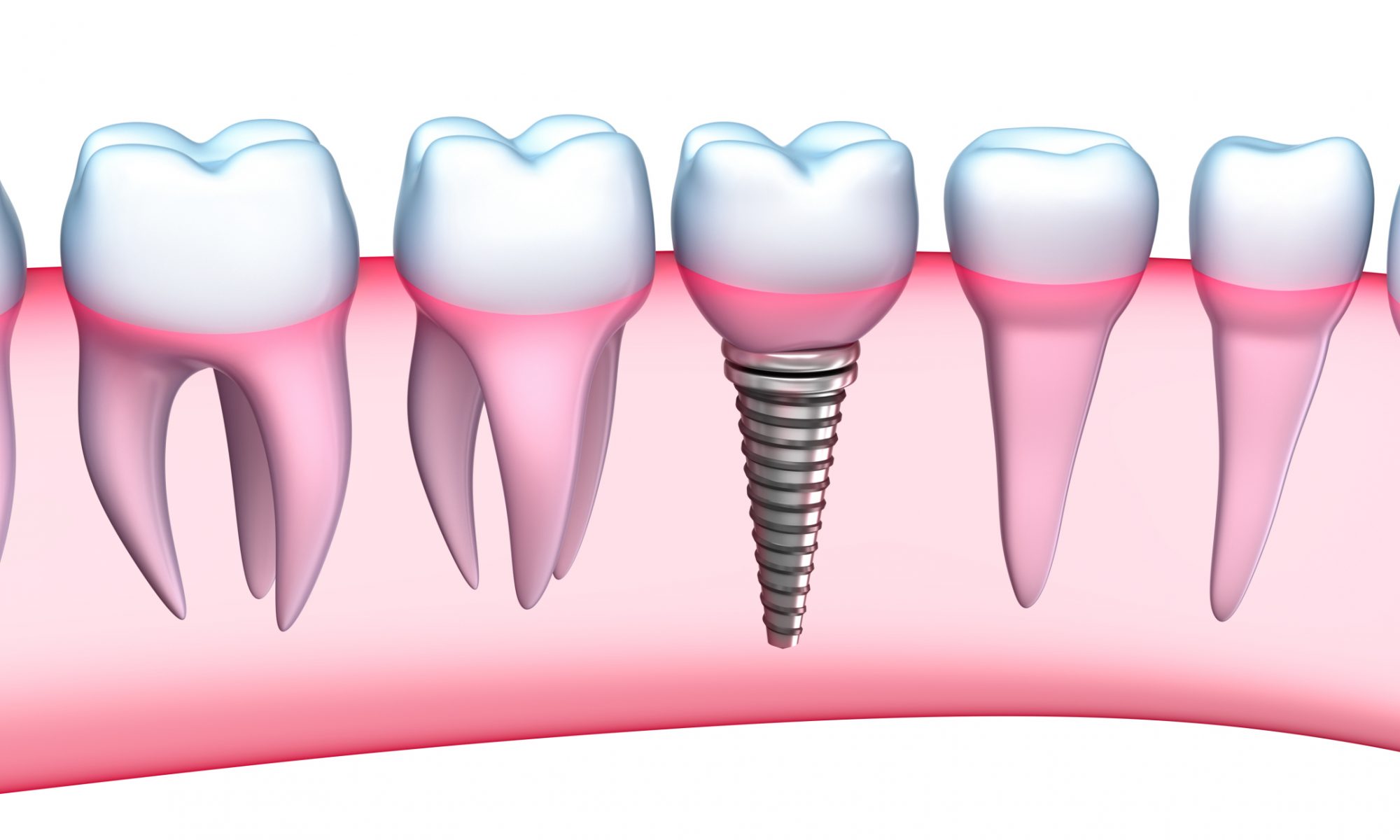Adult tooth loss can be a disconcerting and challenging experience, affecting not only oral health but also overall well-being. Whether it’s due to decay, gum disease, injury, or other factors, losing permanent teeth requires careful consideration and proactive steps for maintaining oral function and aesthetics. In this blog post, we’ll explore the causes of adult tooth loss, its consequences, and the various replacement options available.
Causes of Adult Tooth Loss:
- Poor Oral Hygiene:
- Neglecting proper oral hygiene practices can lead to the accumulation of plaque and bacteria, contributing to tooth decay and gum disease – common culprits behind adult tooth loss.
- Gum Disease (Periodontitis)
- Advanced gum disease can result in the destruction of the supporting structures of the teeth, leading to tooth mobility and eventual loss.
- Trauma and Injury
- Accidents, sports injuries, or other traumatic events can cause the loss of one or more teeth, requiring prompt attention for effective treatment.
- Genetic Factors
- Some individuals may be genetically predisposed to conditions that increase the risk of tooth loss, such as certain inherited dental disorders.
Consequences of Adult Tooth Loss
- Impaired Chewing Function
- Missing teeth can compromise the ability to chew properly, impacting nutritional intake and overall digestive health.
- Speech Difficulties
- Gaps in the dental arch can affect speech, leading to difficulties in pronunciation and communication.
- Aesthetic Concerns
- Tooth loss can significantly affect one’s appearance, leading to a loss of confidence and self-esteem.
- Bone Loss
- The absence of teeth can result in bone resorption, potentially altering facial structure and causing additional oral health complications.
Replacement Options
- Dental Implants:
- Considered the gold standard for tooth replacement, dental implants provide a stable and durable foundation for prosthetic teeth. They mimic the natural tooth root, preventing bone loss and offering a natural-looking solution.
- Dental Bridges
- Bridges are used to replace one or more missing teeth by anchoring artificial teeth to adjacent natural teeth. They restore both function and aesthetics.
- Dentures
- Traditional dentures are removable appliances that replace missing teeth. They are a more affordable option but may require adjustments over time.
Partial Dentures:
For individuals missing only a few teeth, partial dentures offer a removable yet stable solution, securing artificial teeth to existing natural teeth.
Adult tooth loss is a multifaceted issue with implications for oral health and overall well-being. Understanding the causes and consequences is crucial for making informed decisions about replacement options. Whether opting for dental implants, bridges, or dentures, consulting with a qualified dental professional is essential for personalized and effective treatment. With advancements in modern dentistry, individuals facing adult tooth loss can regain not only their smiles but also their oral health and confidence.
For more information, call Dr. Ladani in Schnecksville, PA at 610-799-0600 or visit www.extraordinarysmiles.net.
Dr. Sandip Ladani proudly serves patients from Schnecksville and all surrounding areas.








